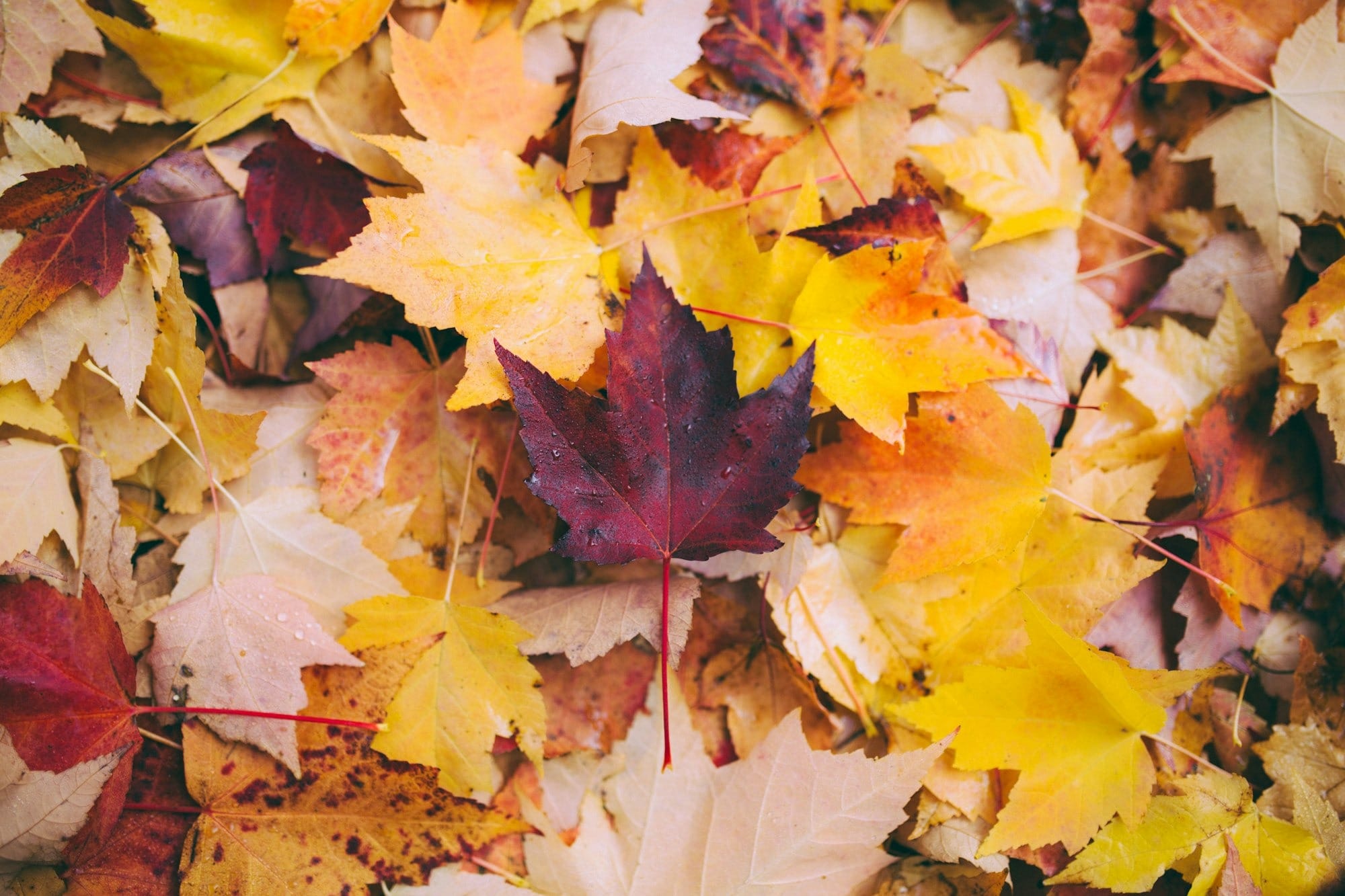Fall Vaccinations for Horses: What Every Equestrian Should Know
Cooler weather means more than cozy blankets and fuzzy ponies. It’s also prime time to check your horse’s vaccination schedule. Fall brings its own health risks, and staying ahead of them keeps your herd healthy, happy, and ready to trot through the season.

As the days grow shorter and the air turns crisp, fall often feels like a welcome relief from the heat and bugs of summer. For horse owners, however, it also signals a time to think carefully about health care. Vaccinations are not just a spring ritual before show season begins. Fall brings its own set of risks, and staying on top of your horse’s shots is one of the best ways to keep them healthy through the colder months.
Vaccines work by preparing the horse’s immune system to fight off diseases they may encounter in the environment. Which vaccines your horse needs depends on factors such as where you live, your horse’s age, their workload, and whether they travel or stay at home. Fall is a particularly important time to review vaccination schedules with your veterinarian, since cooler weather and seasonal shifts can increase exposure to certain illnesses.
Core Vaccines: Non-Negotiables
Every horse, regardless of age, discipline, or geography, should receive the core vaccines recommended by the American Association of Equine Practitioners. These vaccines protect against diseases that are widespread, often fatal, and pose a risk to both horses and humans.
In the fall, it is a good idea to review whether your horse is up to date on rabies, tetanus, West Nile virus, and both Eastern and Western equine encephalomyelitis. These diseases are not only devastating but also entirely preventable with routine vaccination.
Even though many horse owners schedule these shots in the spring, veterinarians often recommend boosters in the fall if there is ongoing risk, especially for mosquito-borne illnesses like West Nile virus and encephalomyelitis. In areas where mosquitoes persist into late autumn, a fall booster provides critical protection when horses are still being bitten.
Influenza and Herpesvirus: Fall Boosters for Active Horses
If your horse travels frequently, attends shows, or lives in a barn with high traffic, respiratory vaccines become just as important as the core set. Equine influenza (Flu) and equine herpesvirus (EHV or Rhinopneumonitis) are highly contagious and can spread rapidly in barns, trailers, or showgrounds. The EHV vaccine protects against EHV-1 and EHV-4, with the exception of the neurologic form of EHV-1, which can be fatal.
Aside from the neurologic form of EHV-1, these diseases are not usually fatal, but they can cause significant illness and disrupt training schedules. A fall booster for Flu and Rhino helps keep horses protected during late-season competitions and clinics. Many shows and events now require proof of vaccination within the past six months, so scheduling a fall booster is both a health measure and a compliance requirement.
Strangles: A Risk-Based Consideration
Strangles, caused by the bacterium Streptococcus equi, is another disease to consider in the fall. It is not universally recommended for all horses, but those in large barns or frequent travelers may benefit from vaccination. Strangles spreads quickly and leads to swollen lymph nodes, nasal discharge, fever, and sometimes complications that can sideline a horse for weeks.
There are both intranasal and injectable vaccines available, and your veterinarian can advise which option is best for your horse. If your horse’s strangles vaccine history is unknown, your vet will do a titer first to determine if it is safe to vaccinate. Fall is an opportune time to discuss this, especially before horses are stabled indoors for winter, where close quarters can increase transmission risk.
Botulism and Potomac Horse Fever
Certain regions present unique risks that make additional vaccines important. For example, in areas where hay is produced and stored in large round bales, botulism can be a concern. Horses that ingest even small amounts of the toxin are at risk of paralysis and death. A botulism vaccine is strongly recommended for horses in high-risk regions, particularly broodmares and foals.
Potomac Horse Fever is another disease to consider in the fall. Caused by a bacterium carried by aquatic insects, it tends to spike in late summer and early autumn. Horses exposed may develop fever, diarrhea, laminitis, and dehydration. Vaccination does not provide complete protection but does reduce the severity of symptoms. If your barn is located near rivers or ponds, ask your veterinarian whether your horse should be protected.
Timing and Boosters
One of the most important things to understand about vaccination is timing. Vaccines need time to work. A horse given a shot today will not be fully protected tomorrow. The immune system requires several weeks to build a response, which is why planning ahead for fall events or travel is essential.
For horses receiving a vaccine for the first time, an initial dose followed by a booster is often required to establish immunity. Missing the booster can leave the horse only partially protected. If you are unsure whether your horse is up to date, your veterinarian can review records and recommend a schedule.
For broodmares, timing matters even more. Vaccinating during late gestation provides foals with antibodies through colostrum, helping protect them during their most vulnerable early weeks. Fall is an excellent time to review broodmare vaccination schedules in preparation for spring foaling.
It is also important to remember that administering vaccines suppresses your horse’s immune system, so you do not want to do them at the same time as other stressful events like travel or showing.
Working With Your Veterinarian
While articles and guidelines provide a foundation, nothing replaces the advice of your own veterinarian. Local disease risks can vary widely, and your vet knows the patterns in your region. They also understand your horse’s individual needs, whether that means tailoring vaccines for an older horse with a compromised immune system or ensuring a competition horse meets show requirements.
It is also important to use licensed veterinarians for vaccine administration. Improper handling or storage of vaccines can make them ineffective, and incorrect injection techniques can cause problems. While it may be tempting to save money by ordering vaccines online and administering them yourself, relying on your veterinarian provides peace of mind that your horse is truly protected.
Beyond the Shot: The Bigger Picture
Vaccination is only one part of a comprehensive fall health plan. Parasite control, dental care, and nutrition adjustments are equally important as horses transition from summer pasture to hay-based diets. Cooler weather can also bring respiratory challenges if barns are closed tightly, making ventilation a key consideration.
Vaccines reduce the risk of disease, but they are most effective when combined with good management practices such as cleaning water troughs, reducing standing water to limit mosquitoes, and quarantining new arrivals to the barn. Popery biosecurity practices are essential. Think of vaccination as your safety net, but one that works best when the rest of your horse’s care routine supports health and resilience.
Final Thoughts
Vaccinations are an investment in your horse’s well-being, and fall is the perfect time to review your horse’s schedule. From core vaccines that protect against deadly diseases to risk-based options like influenza, herpesvirus, strangles, botulism, and Potomac Horse Fever, each plays a role in safeguarding your horse’s health through the changing season.
Talk with your veterinarian about your horse’s lifestyle, travel schedule, and environment to create a plan that is tailored, timely, and effective. Staying proactive with fall vaccinations means fewer sick days, less stress, and more time enjoying your horse as the leaves change and cooler days arrive.

